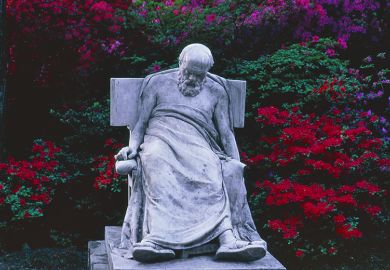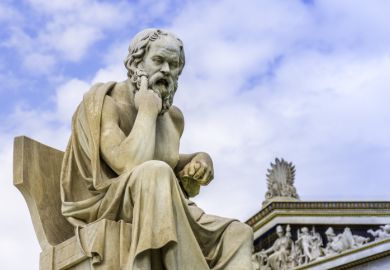Every day, thousands of people struggle with pain. For some the problem is intermittent: migraine, menstrual pain or muscle strain for example. But a growing number suffer from chronic pain, which goes on day after day, night after night, relentlessly wearing down the sufferer. This experience can be bad enough when the cause of the pain is known, such as arthritis or cancer. However, many chronic pain problems have no apparent cause. Chronic low back pain (often called lumbago) is a common example. Not only does the sufferer have physical pain, with all the restrictions that this imposes, but also the anguish that follows from the negative X-rays and other tests.
Initially, the negative results will be presented as reassuring. When the pain fails to improve and people continue to seek help, the final indignity occurs. Sometimes, they will be told that the pain is "psychological", "all in the mind". Usually, there is an insidious but relentless change in nature of the doctor-patient consultations. The growing exasperation of the doctor will be visible. The focus will shift from questions about the pain to inquiries about marital relations, depression, finances and children. This change is likely to be accelerated if the pain is unusual, such as burning-mouth syndrome or resistance to standard pain-killers. Meanwhile, the pain continues.
Valerie Gray Hardcastle has specifically addressed the issue of "psychogenic pains - pains for which there is no (known) organic cause". She has brought two perspectives to bear, arising from her academic background in philosophy and pain research. Hardcastle has developed these perspectives into concerted arguments against the notion that chronic pain exists only in the mind - a notion that is shared by some philosophers as well as medics. Almost a quarter of the book is devoted to notes and references, testament to the academic effort in support of these arguments and the corollary, that pain has a biological basis.
The title The Myth of Pain gave me some initial concern as it could be interpreted as "pain is mythical". However, Hardcastle quickly attacks the "myth" that pain can be a mental disorder. The manner in which she details psychiatrists' diagnostic criteria for "pain disorder", finally pointing out that there have not been any research papers that have used such criteria, makes for an enjoyable read. Hardcastle then makes an even more important and salutary point. Many patients labelled with psychogenic pain actually do have significant abnormalities if appropriate investigations are carried out. Certainly I can recall the distress of several cancer patients with chronic pain who had been given that label. Paradoxically, it was a relief when, by doing the right tests, we discovered that the cancer had recurred.
Hardcastle summarises the philosophical debates surrounding the nature of pain, centring on the issue of whether the mind can be distinguished from the body. She goes on to summarise what is known about pain. Using simple diagrams and images from CT head scans, Hardcastle describes the complex ways in which nerves send signals to the brain, which may then activate areas of the brain associated with the powerful emotions and other experiences associated with pain. She also sets out the equally powerful pathways and centres in the brain that can reduce, and even abolish, pain signals. There is still much to be understood about these pain-facilitating and pain-inhibiting systems, not least how pain can arise when there is no apparent cause. However, even when the cause is not evident, the changes measured in the various parts of the nervous system of people with chronic pain are similar to people with other types of pain - it is not "all in the mind".
For people with chronic pain with no known cause, the general theme of the book and many of the explanations will be affirming. The information about treatment is very limited, apart from an interesting analysis of the efficacy and mechanics of hypnotism. This is not a fault of the author; it reflects the paucity of treatments and emphasises how much still has to be done.
For healthcare professionals and philosophers, Hardcastle challenges any tendency to rationalise away human suffering, especially when the cause is not understood. However, the challenge will prove intellectually stimulating. I hope it will improve care.
Robert Dunlop is honorary senior lecturer in palliative care and policy, King's College, London.
The Myth of Pain
Author - Valerie Gray Hardcastle
ISBN - 0 262 08283 7
Publisher - MIT Press
Price - £23.50
Pages - 298
Register to continue
Why register?
- Registration is free and only takes a moment
- Once registered, you can read 3 articles a month
- Sign up for our newsletter
Subscribe
Or subscribe for unlimited access to:
- Unlimited access to news, views, insights & reviews
- Digital editions
- Digital access to THE’s university and college rankings analysis
Already registered or a current subscriber?



